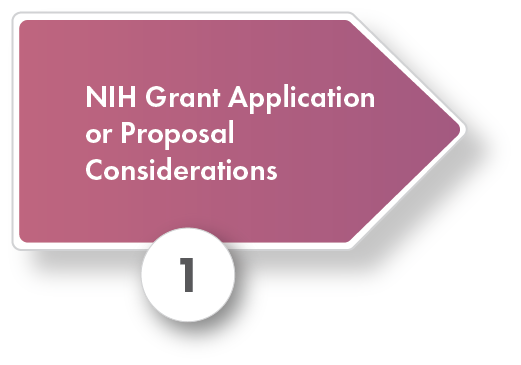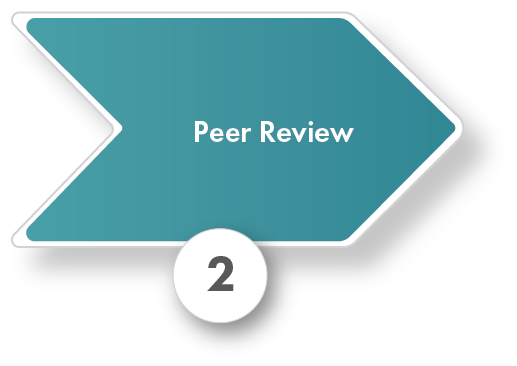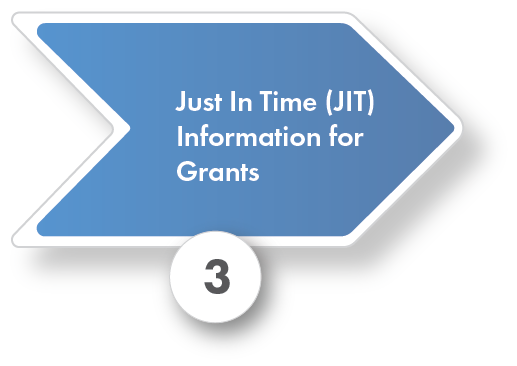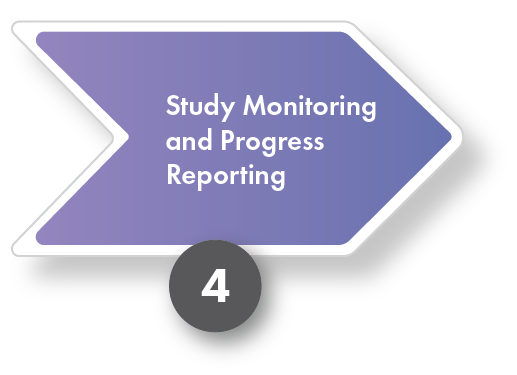Once awarded, an institution must continually monitor the studies for adequate human subjects protections. As such the institution must have:
- A current Federalwide Assurance (FWA) filed with the Office of Human Research Protections (OHRP)
- Annual IRB approval (unless not required in the amendment to the final revisions to the Federal Policy for the Protection of Human Subjects (the Common Rule), 45 CFR 46.109(f) IRB review of research)
- Protection of human subjects education. After the award is made, any newly added research staff must also complete the education requirement
Study Monitoring
Data and Safety Monitoring
NIH-defined clinical trials are required to provide a Data and Safety Monitoring Plan (DSMP) with the application or proposal. Please see the NIH Grants Policy Statement and the NIH How to Apply – Application Guide for further information on data and safety monitoring.
For additional questions regarding the monitoring of your study and NIH IC specific requirements, please see the NIH IC Data and Safety Monitoring information page or contact your Program Officer (PO) listed on your funding opportunity.
Adverse Events, Unanticipated Problems, or Risks
Investigators are responsible for knowing and adhering to:
- HHS human subjects regulations and event reporting requirements (see 45 CFR 46, 2007, and 2011 guidance from the Office for Human Research Protections (OHRP))
- NIH reporting requirements in the NIH Grants Policy Statement
- NIH IC specific procedures and guidance for Data and Safety Monitoring
- Policies of the reviewing IRB (or single IRB of record for multi-site studies)
- Institutional policies
All adverse events must be reported to the IRB and the NIH and, if appropriate, to the Data and Safety Monitoring Board (DSMB), or other government agencies. All unanticipated problems must then be reported to the Office of Human Research Protections (OHRP) by the IRB. The timeline for reporting adverse events is commensurate with the severity of the event.
Progress Reporting
Changes to Human Subjects
Please note that post-award changes pertaining to the involvement of human subjects will require prior NIH approval.
Seek prior NIH approval for these human subjects changes:
- An addition or change to the study design/protocol that would result in the need to change the overall human subjects designation or clinical trial designation of the grant
- The new inclusion of subject populations that are covered by additional regulatory protections under 45 CFR 46 subparts B, C or D (pregnant women, human fetuses, and neonates; prisoners; or children)
- Any change to the study protocol that would result in an overall increase in risk level for subjects, including physical, psychological, financial, legal or other risks.
- New information that comes to light after a study is underway which indicates a higher level of risk to participants than previously recognized for a study intervention, procedure, or pharmacological treatment.



